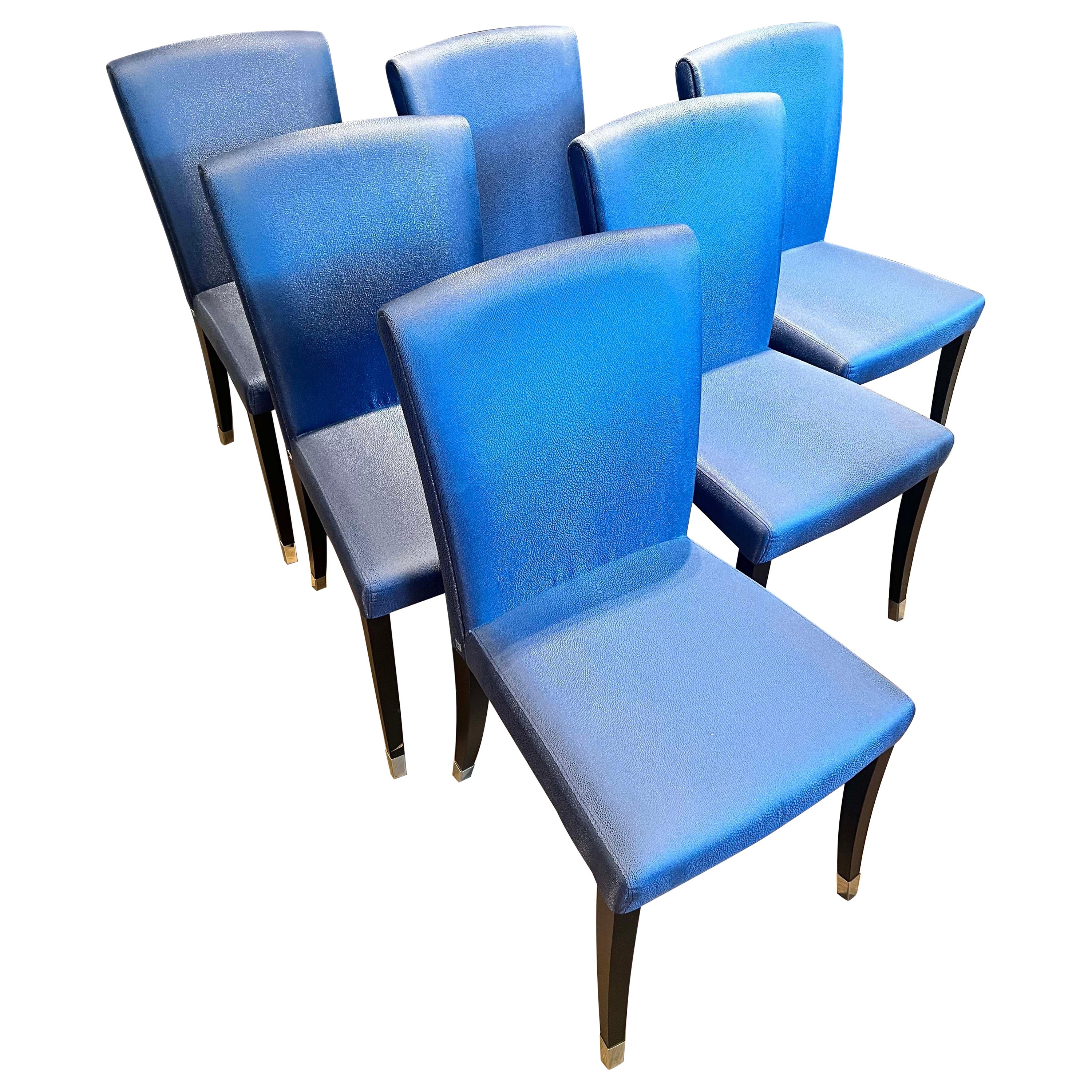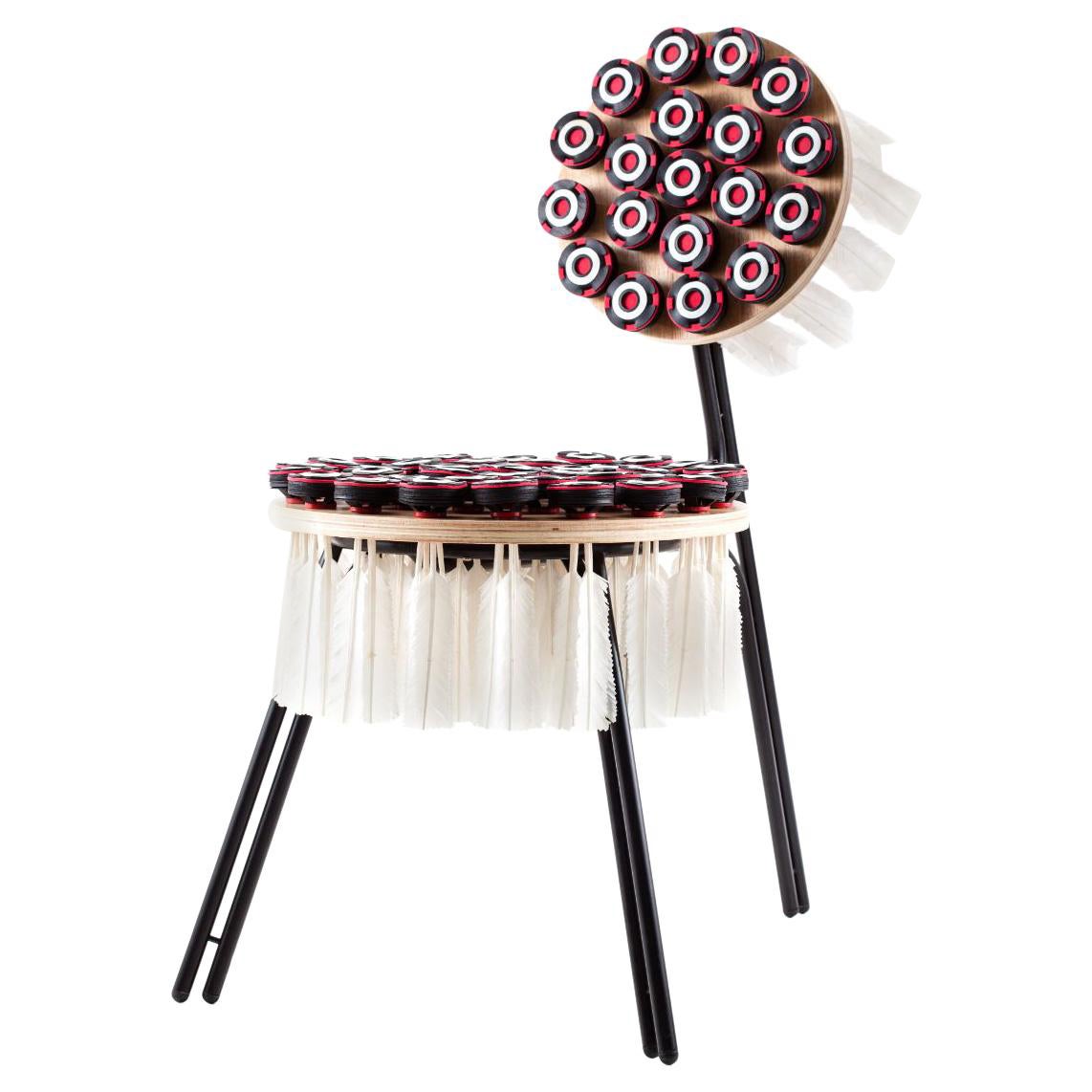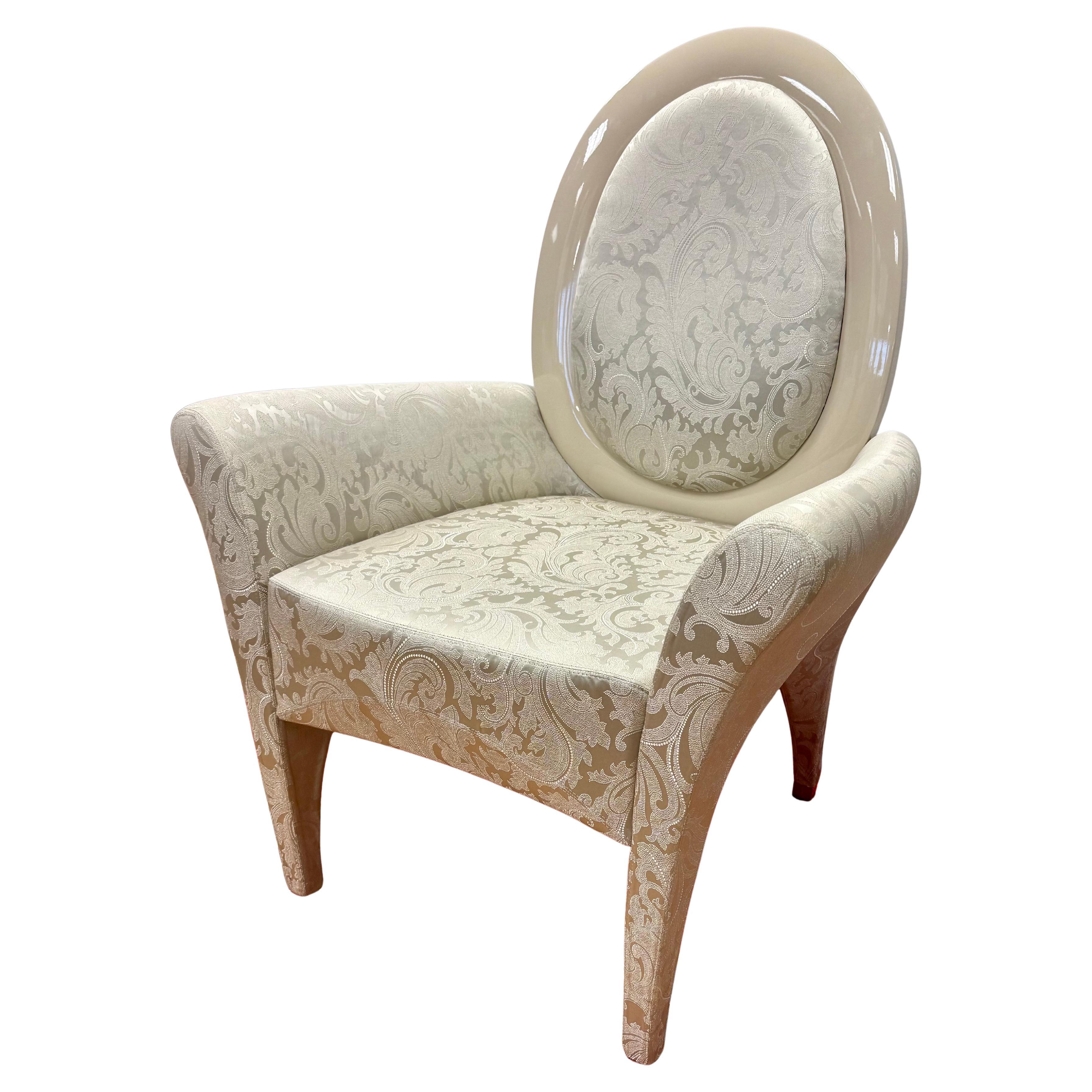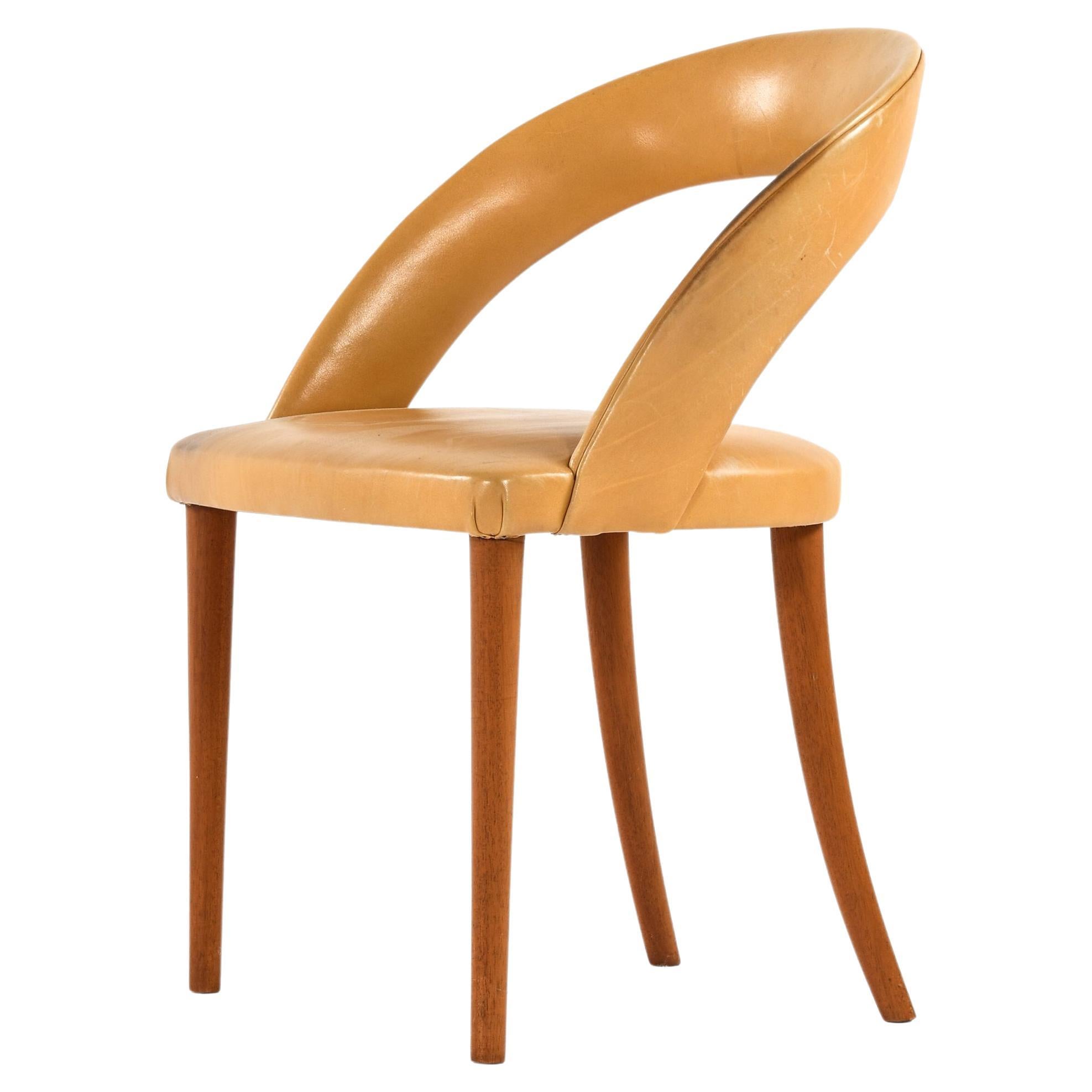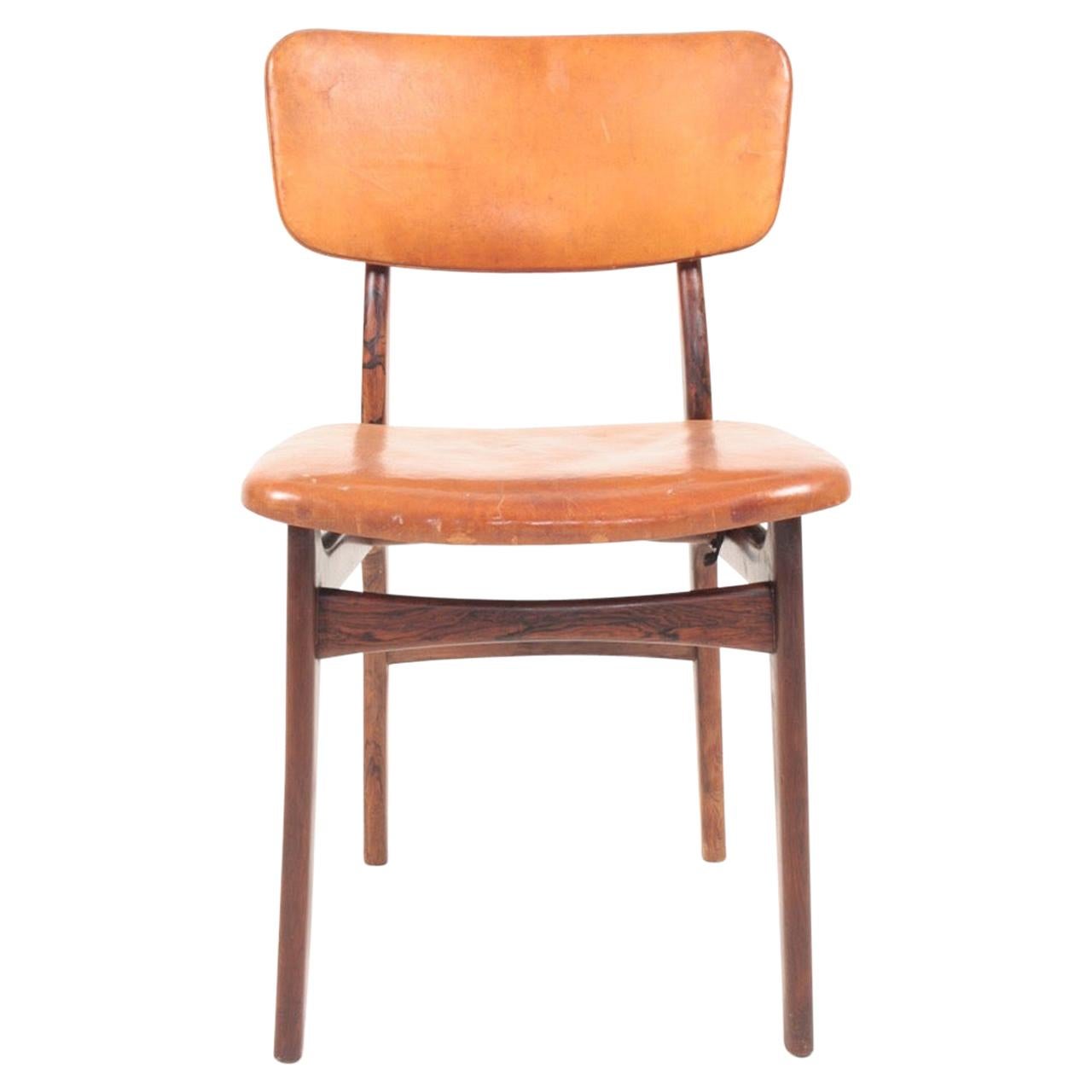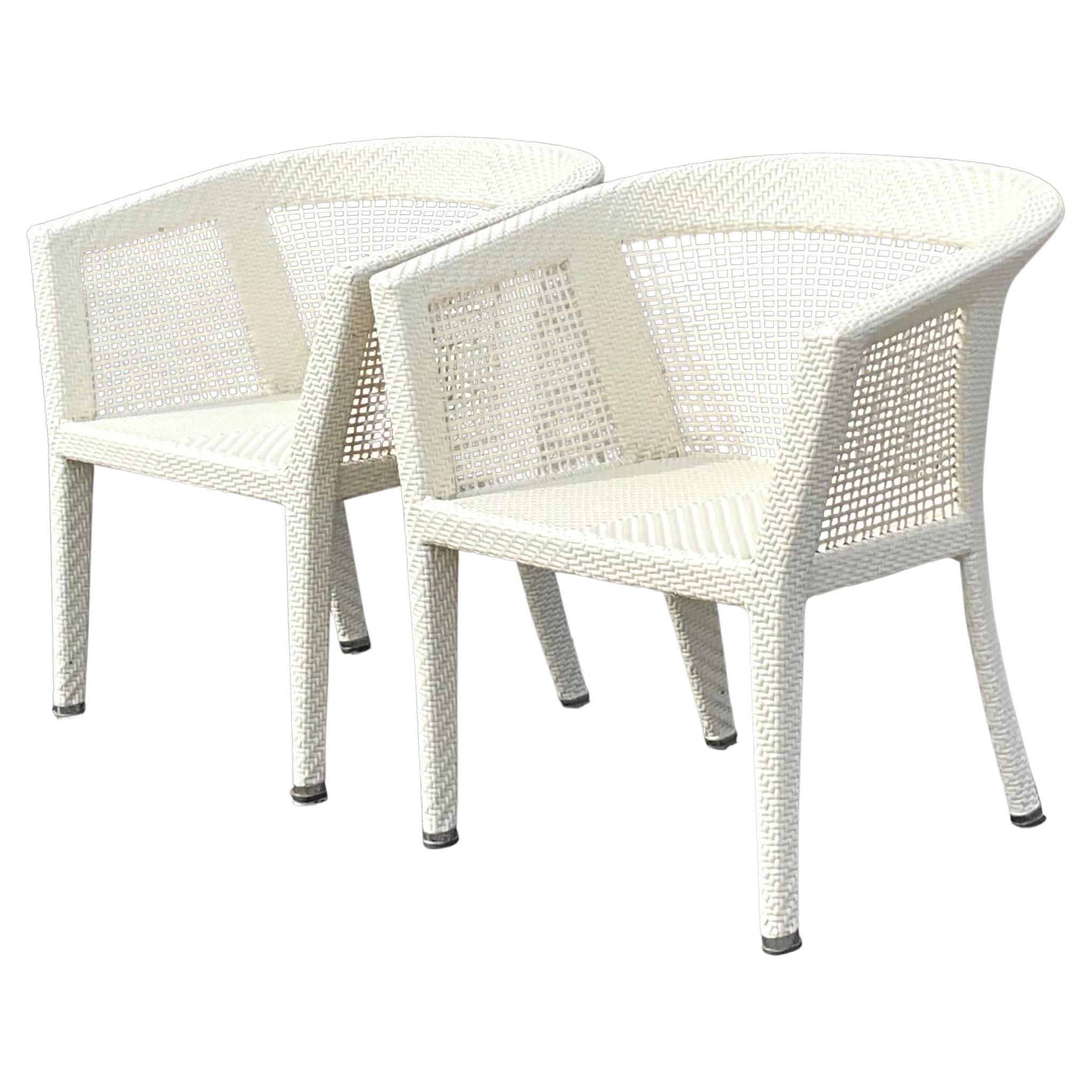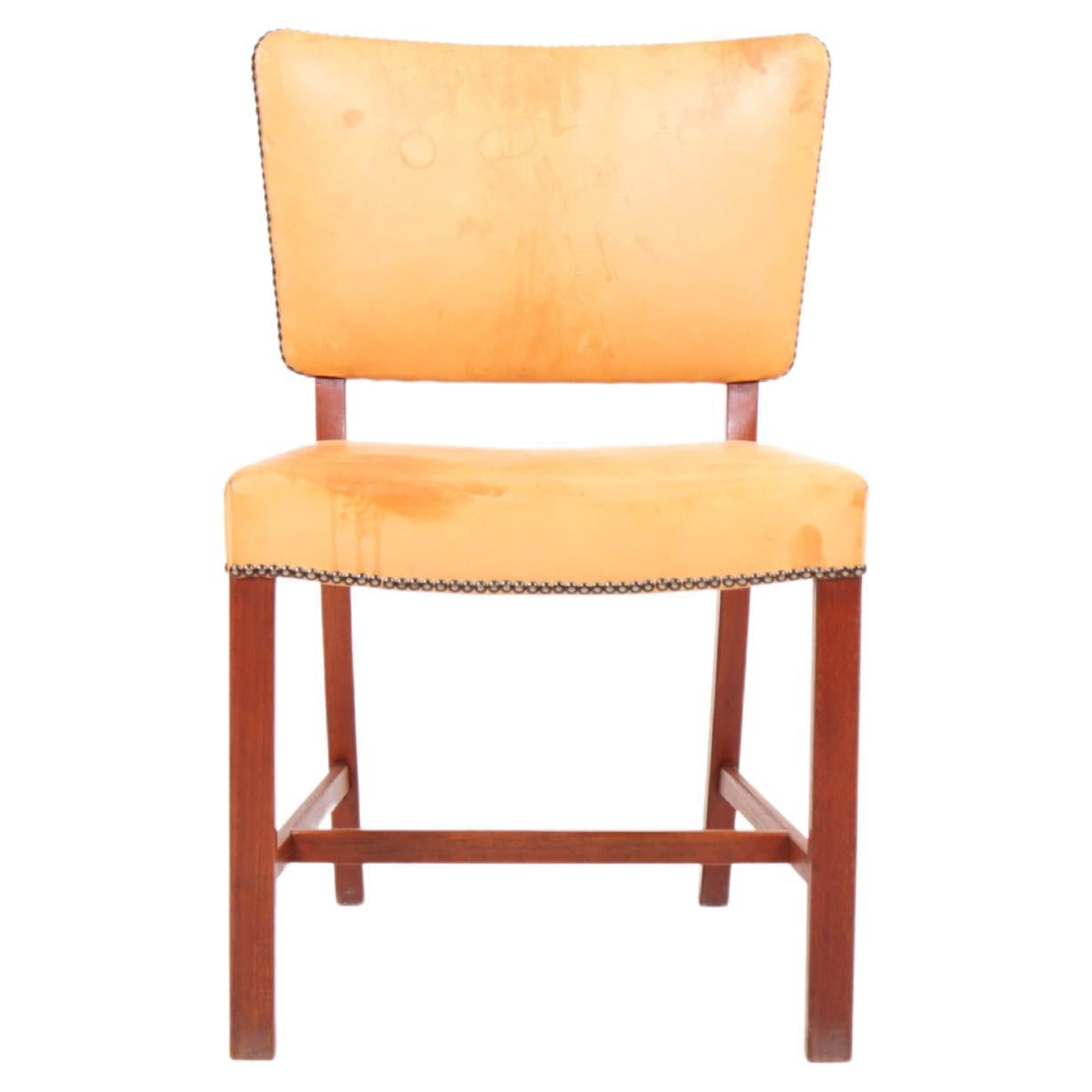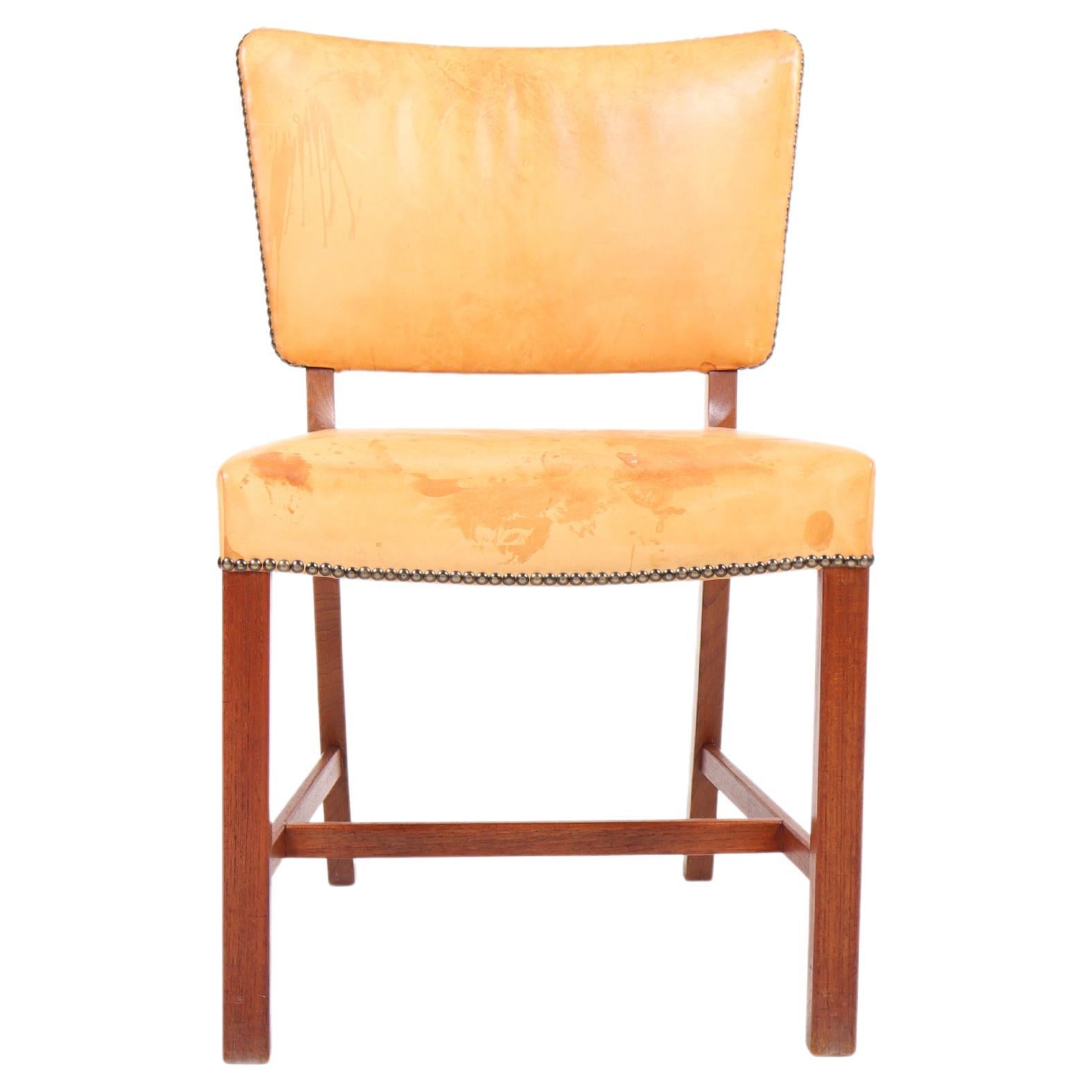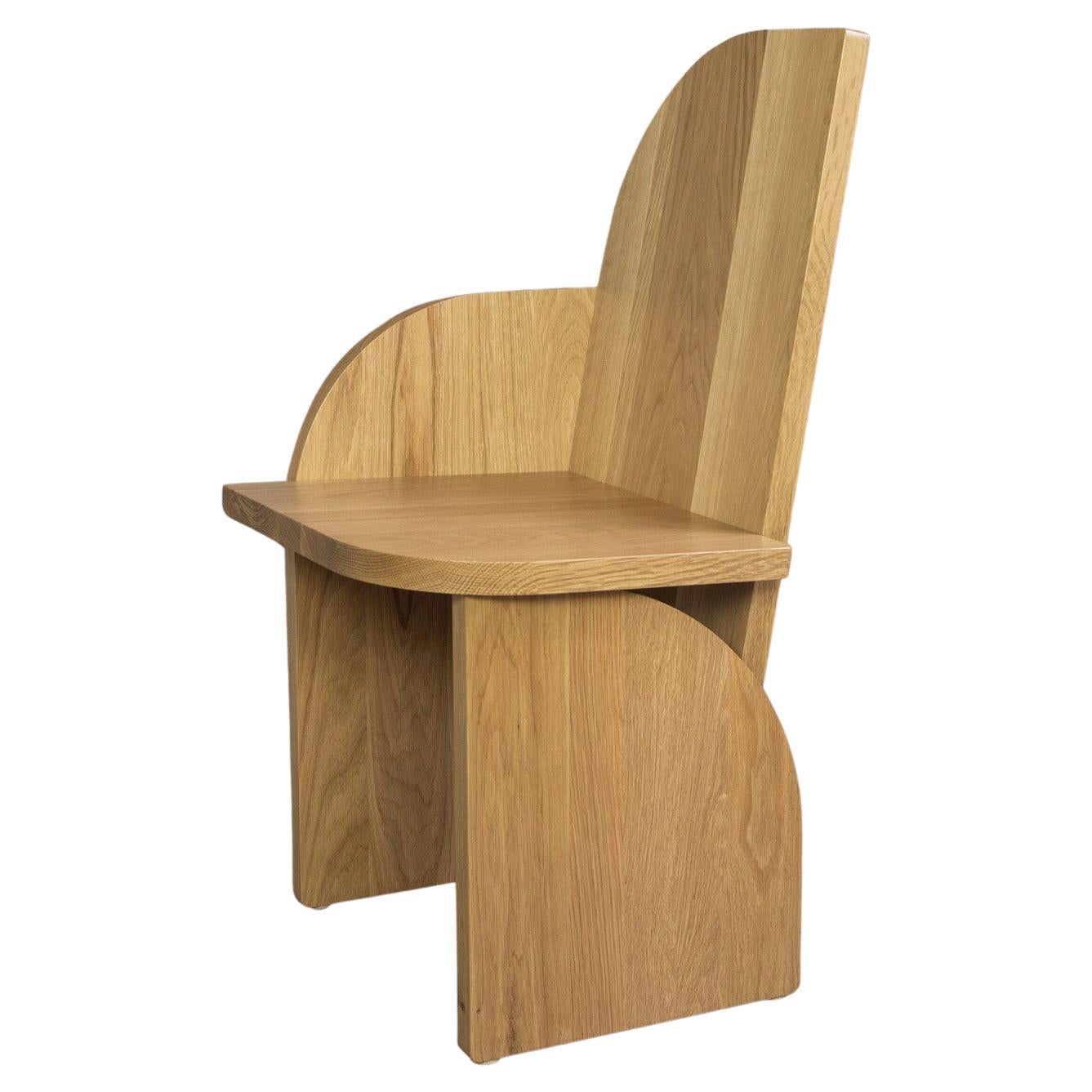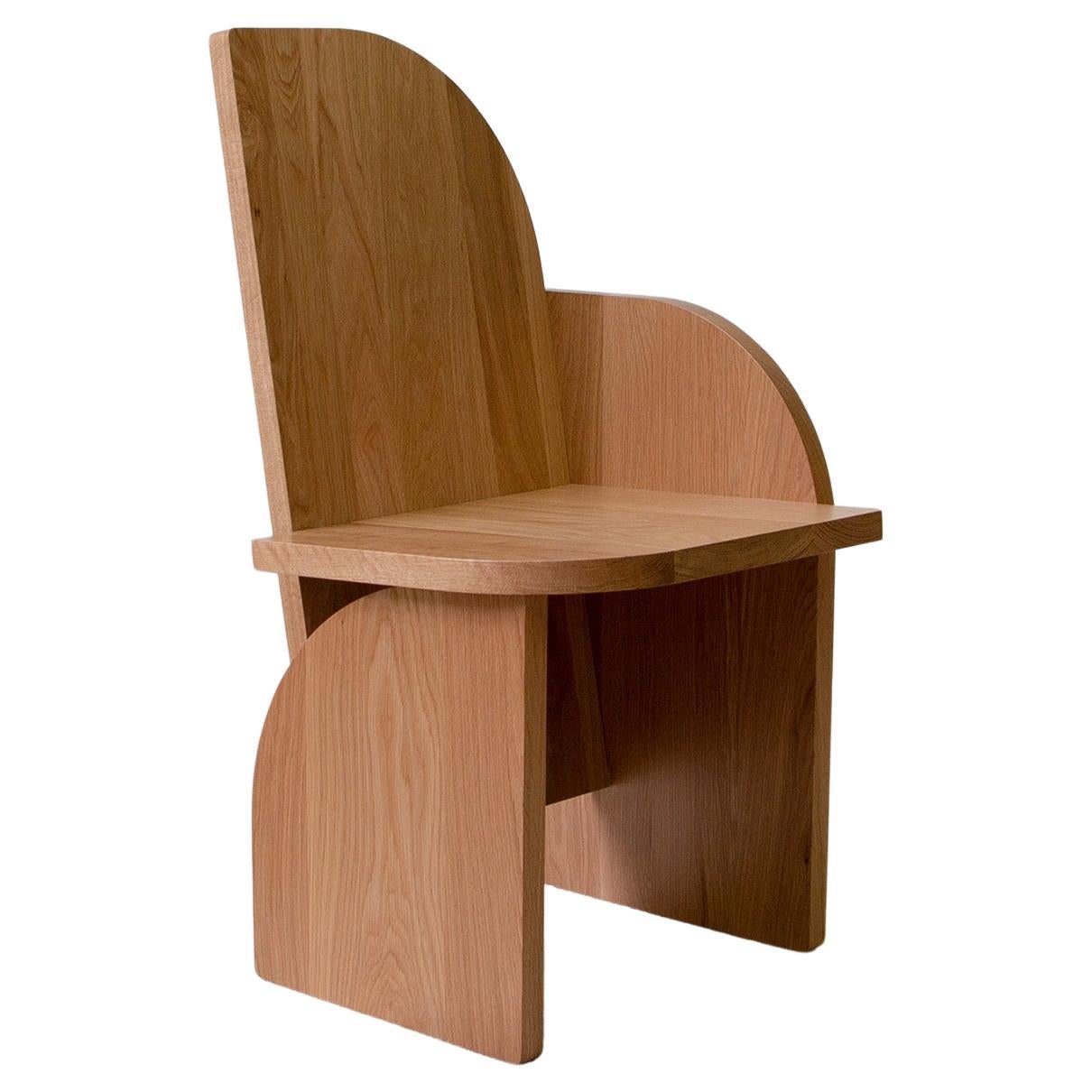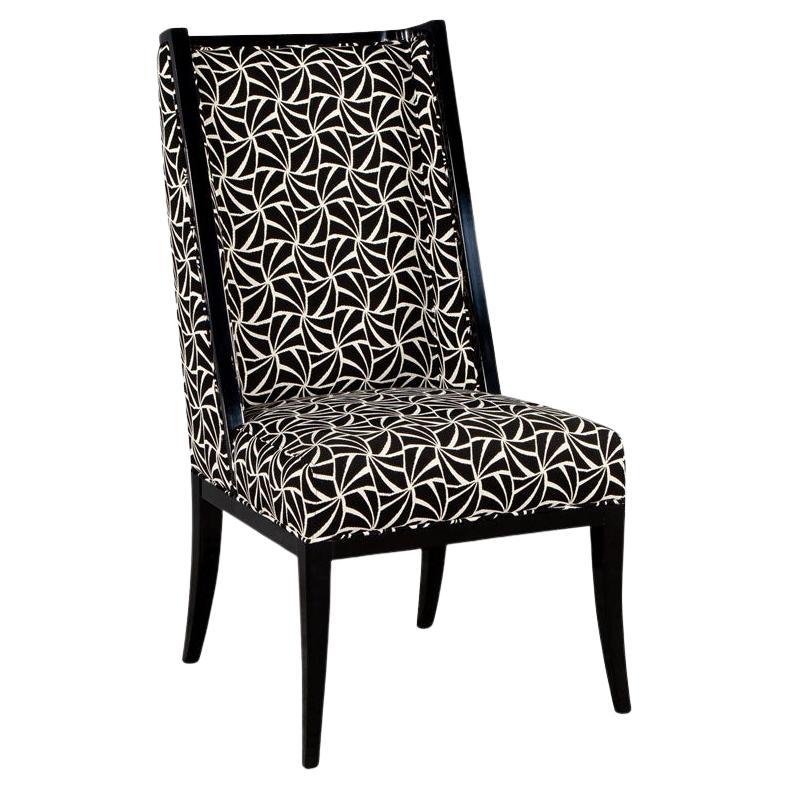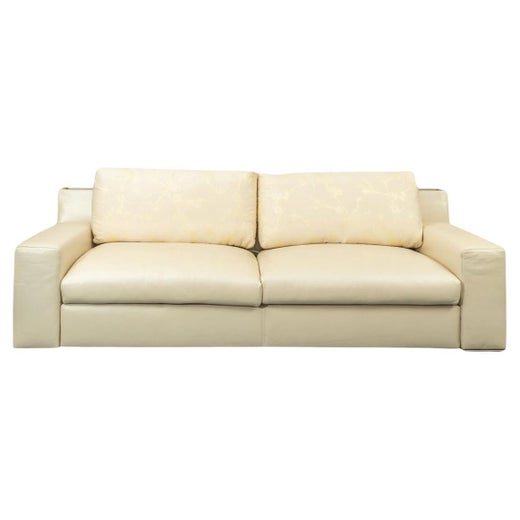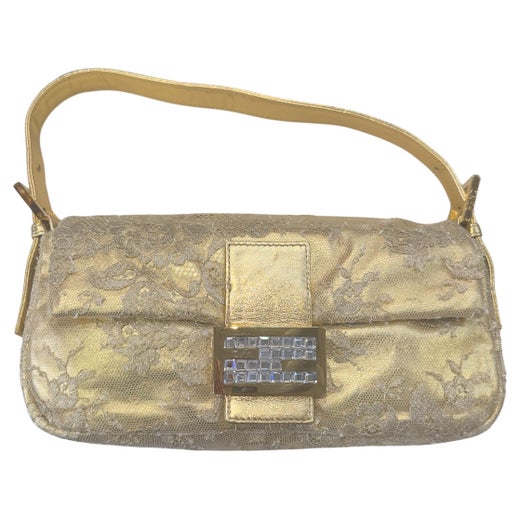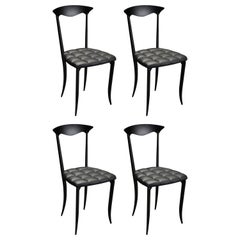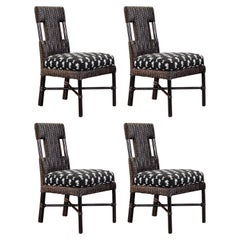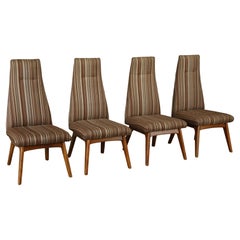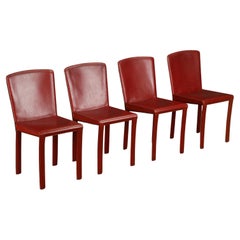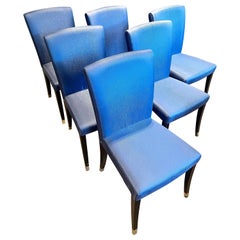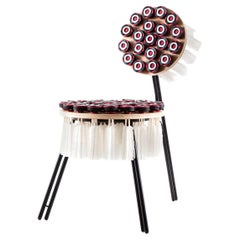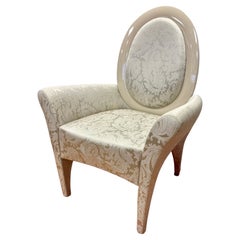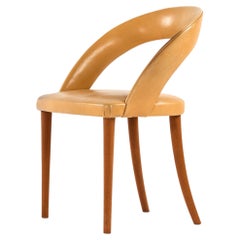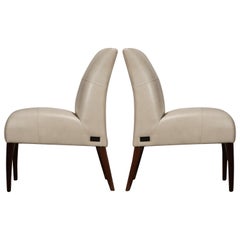
White and Gold Speck Shagreen Leather Side Chairs by Fendi Casa
View Similar Items
White and Gold Speck Shagreen Leather Side Chairs by Fendi Casa
About the Item
- Creator:Fendi (Fashion House),Fendi Casa (Manufacturer)
- Dimensions:Height: 34.5 in (87.63 cm)Width: 20 in (50.8 cm)Depth: 27 in (68.58 cm)Seat Height: 19.5 in (49.53 cm)
- Style:Modern (Of the Period)
- Materials and Techniques:
- Place of Origin:
- Period:
- Date of Manufacture:2000s
- Condition:Wear consistent with age and use. Very good to excellent condition. Leather is excellent, clean and vibrant. Legs have light wear, can be refinished upon request however presents well and is ready for immediate use.
- Seller Location:Los Angeles, CA
- Reference Number:1stDibs: LU1330213982382
Fendi Casa
The name Fendi may not immediately call to mind the furniture for which its home division, Fendi Casa, has become known — hand-knotted round wool rugs and marble coffee tables, for example — but it has established and maintained a lofty position in the furniture and interior design space over the years.
Longtime admirers of Fendi likely cite the fashion house’s iconic “baguette” bag or its pattern of interlocking F’s as pillars of its international reputation. The brand actually began with a different, singular focus, however: fur. In 1925, Adele and Edoardo Fendi opened a boutique in central Rome. (Adele had by then been running a leather-goods workshop.) The couple’s five daughters — Paola, Anna, Franca, Carla and Alda — eventually joined the business, each taking over an equal share as the brand expanded from leather and fur into ready-to-wear and accessories, most notably under the eye of Karl Lagerfeld, who took over as creative director in 1965.
It wasn’t until more than two decades later that Fendi would break into the furniture market: In 1988, Anna Fendi joined forces with Alberto Vignatelli to devise a home arm of the quickly growing brand. Vignatelli had founded Italian manufacturer Luxury Living Group in the 1960s, and Fendi became the first in a long line of collaborations for the company, whose specialty became bringing the aesthetics of luxury brands spanning fashion, automotive and more to the home. (Subsequent clients included Trussardi Casa, Bentley Casa, Heritage Collection, Paul Mathieu and Bugatti Home.)
With the new brand — dubbed simply and appropriately Fendi Casa — Anna and Vignatelli brought their shared passion for Italian craftsmanship to collections of furniture and home goods that exemplified the modern style and emphasis on materiality for which both Fendi and its home country were known. The line’s offerings range from sleek silhouettes with luxury detailing (think careful stitching on low-slung sofas or daybeds with leather stripes) to reinterpretations of Italian traditions in fresh finishes (like a chrome-detailed commode).
Today, Fendi Casa operates both residential and commercial branches, creating high-quality furnishings for everything from yachts to hotels with the same attention to materials and craftsmanship that have long informed both Fendi and Luxury Living. In addition to the brand’s current catalog of furniture and decor offerings, vintage 1970s and ’80s Fendi Casa pieces remain in high demand among resellers — proof of the house’s enduring style.
Browse a growing inventory of Fendi Casa furniture at 1stDibs.
Fendi
Like other major European luxury fashion houses, Fendi started small. Adele Casagrande was an Italian creative who loved fashion and sold leather and fur accessories from a tiny workshop she opened in Rome in 1918. However, after marrying Edoardo Fendi in 1925, her business model was altered dramatically. Together, the couple changed the boutique’s name to Fendi and moved into a bigger storefront, which quickly became the favorite shop of women all over Italy’s capital city for furs and leathers, such as handbags, coats and accessories.
As time moved on for Adele and Edoardo, the couple began to distribute more responsibility to their five daughters, who assumed management of the company during the 1950s. Fendi’s audience broadened and its profitability has soared over the years, owing to the brand’s fresh perspective on fashion world happenings and innovative sensibility.
The maison also has a distinctive relationship with old-world Italian craftsmanship. The Selleria bags were the work of master saddlers in Rome, and Fendi partnered with lace artisans in southern Italy as well as craftsmen in the east trained in the intrecciato (intertwined) technique (an idea that Adele introduced during the 1940s), which, in Fendi’s case, sees an interwoven leather fabric integrated in the creation of its handbags, countering leather’s traditional rigidity with a bag that is soft, versatile and fitted with an alluring slouchy curve.
It wasn’t until 1965, however, when a young German designer named Karl Lagerfeld took the creative helm that Fendi became a world-renowned fashion house. In fact, Lagerfeld, who produced four to five collections yearly for the brand, is credited with creating Fendi’s instantly recognizable double-F logo (which stands for “Fun Furs”) in “less than five seconds.” Until Lagerfeld started designing for the brand, fur was a material mostly associated with heavy coats that few people actually wore. Lagerfeld reimagined fur in creative ways, using it as an accent on purses, cuffs on dress sleeves and collars on wool coats.
Over the ensuing years, Fendi has broken into the home-goods market with Fendi Casa and has become synonymous with luxury fashion, producing such pieces as the iconic Baguette, which was rendered ever popular on the television series Sex and the City. In fact, an entire episode during the third season was dedicated to the “original It bag,” a slim accessory tapered in a manner that recalls its namesake, designed in 1997 by Adele and Edoardo’s granddaughter Silvia Venturini Fendi, who was named creative director of accessories three years earlier.
Perhaps just as well known as its vintage Baguette handbags and creative use of fur is the brand’s devotion to its Italian roots. In 2013, Fendi donated more than 2 million euros to restore Rome’s Trevi Fountain, and when it was reopened to visitors, Fendi hosted its Autumn/Winter 2017 show on top of the landmark.
Fendi was a family-controlled brand until 1999 and is now owned by LVMH. In late 2020, British fashion designer Kim Jones was named the house’s artistic director for womens wear.
Find a wide variety of vintage Fendi handbags and purses, clothing and other accessories on 1stDibs.
More From This Seller
View All2010s Italian Modern Dining Room Chairs
Aluminum
Early 2000s American Modern Side Chairs
Fabric, Wicker, Rattan, Bamboo
Vintage 1960s American Mid-Century Modern Dining Room Chairs
Fabric, Wood
Vintage 1980s Italian Mid-Century Modern Dining Room Chairs
Leather
Antique 19th Century French Louis XV Dining Room Chairs
Wood
Vintage 1950s Brazilian Mid-Century Modern Dining Room Chairs
Granite
You May Also Like
21st Century and Contemporary Italian Modern Chairs
Wood, Textile
2010s Brazilian Modern Chairs
Steel
Early 2000s Italian Chairs
Ivory, Fabric, Textile, Wood, Lacquer
20th Century Danish Scandinavian Modern Side Chairs
Mahogany
Vintage 1960s Danish Scandinavian Modern Chairs
Leather, Rosewood
Vintage 1960s Danish Scandinavian Modern Chairs
Rosewood, Leather
Recently Viewed
View AllRead More
The Fendi Baguette Is an ‘It’ Bag Again, 25 Years After Its Introduction
Iconic Italian fashion houses Fendi and Versace teamed up on this delightfully outrageous Fendace reimagining.
14 Iconic Luxury Handbags and the Stories behind Them
When the name of a bag is as well-known as its brand, you know it's a classic.
